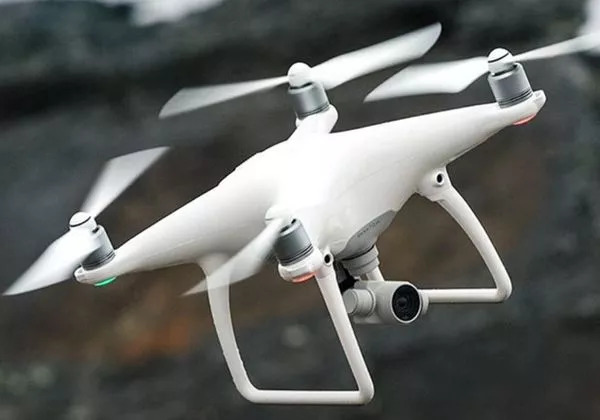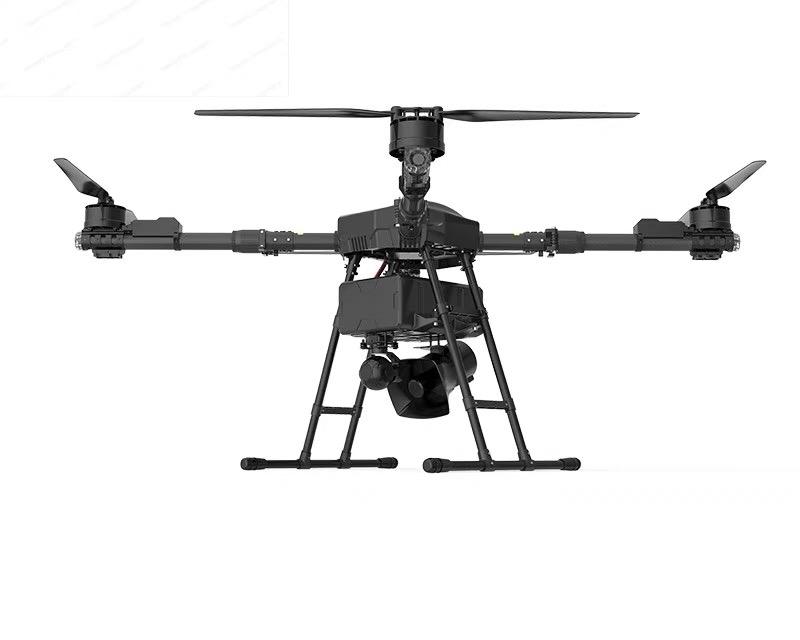Drones have revolutionized the world of photography, offering photographers new perspectives and opportunities to capture the world from above. Whether you’re a novice or an expert in aerial photography, mastering the art of photography with a drone can elevate your portfolio to new heights.
Understanding Your Drone
Before you can start capturing stunning aerial shots, it’s crucial to understand your drone’s capabilities and limitations. Most drones come equipped with cameras that offer a range of features such as 4K video, high-resolution stills, and gimbal stabilization. Make sure to read the manual and familiarize yourself with the drone’s controls, as this will enhance your flying and shooting experience.
Choosing the Right Settings
Selecting the right settings for your drone camera is vital. Consider factors such as ISO, shutter speed, and white balance, which can dramatically affect the quality of your photos. If you’re shooting in bright conditions, a lower ISO and a faster shutter speed will help maintain image clarity. Meanwhile, adjusting the white balance based on the time of day and weather conditions will ensure more natural colors in your images.
Planning Your Flights
Successful drone photography often involves meticulous planning. Begin by researching potential shooting locations and obtaining any necessary permissions. Understanding the landscape and weather conditions can help you make informed decisions about when and where to fly. Remember, the golden hours of dawn and dusk provide optimal lighting for capturing breathtaking images.
Mastering Composition
Composition is key to creating striking aerial photographs. Techniques like the rule of thirds, leading lines, and symmetry can be applied to drone photography just as they are in traditional photography. Utilize these strategies to direct the viewer’s eye and create a more engaging experience.
Editing and Post-Production
After capturing your shots, post-production is where your images can truly come to life. Use software such as Adobe Lightroom or Photoshop to enhance colors, adjust exposure, and sharpen details. Effective editing can transform a good photo into a great one, enhancing the impact of your aerial shots.
- Explore Unique Angles: Drones give photographers the freedom to explore angles that would be otherwise inaccessible. Experiment with low-altitude shots, top-down perspectives, and dynamic movement in your compositions to find a fresh take on familiar scenes.
- Practice Safe Flying:
 Safety should always be your top priority. Adhere to any relevant regulations and fly your drone in a manner that ensures the safety of yourself and those around you.
Safety should always be your top priority. Adhere to any relevant regulations and fly your drone in a manner that ensures the safety of yourself and those around you. - Embrace Creativity: Don’t be afraid to push boundaries and explore creative ideas. Incorporating natural elements, experimenting with motion, and playing with light can yield innovative results.
FAQs
What type of drone is best for aerial photography?
The best drone for aerial photography depends on your budget and skill level. High-end models like the DJI Mavic 3 are excellent for professionals, while more affordable options like the DJI Mini 2 provide great value for beginners.

How can I improve my drone photography skills?
Regular practice, studying professional aerial photographs, and learning editing techniques are excellent ways to enhance your drone photography skills. Joining communities and forums can also provide valuable insights.
Do I need special permission to fly my drone?
In many cases, you may need permission to fly a drone, especially in restricted areas like near airports or government buildings. Always check local regulations before a flight.